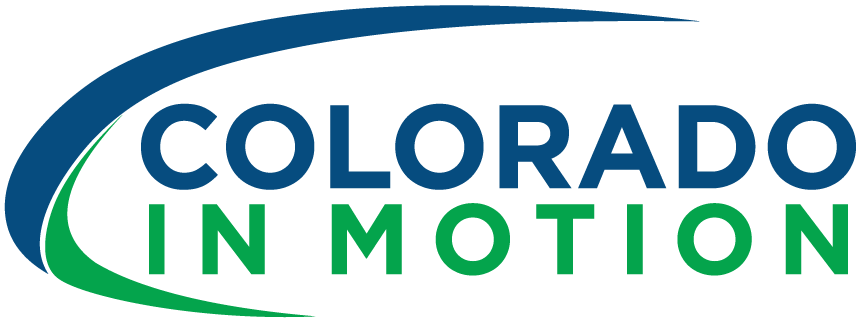We’ve talked about the hips, the core/trunk, and the large influence these areas have on shoulder function and throwing velocity. This month we work our way up the chain to the shoulder blades (aka scapula) and the surrounding muscles as our final stop before the shoulder. The scapula is kind of the unsung hero (or villain) when it comes to shoulder health. The shoulder and rotator cuff get most of the press and attention, but often times it’s the scapula and surrounding muscles working hard behind the scenes to enable to the shoulder to shine. Or, is cases of injury, it’s the lazy stagehand not pulling its weight, forcing the shoulder to work beyond its breaking point. Below we’ll talk more about why the shoulder blades are so important for shoulder function and how we can train this area to improve throwing performance and decrease shoulder injury.
What do the shoulder blades even do anyway? What is their real purpose? The short answer is they allow more shoulder movement. I don’t want to get too carried away with anatomy, but it is important to know a few basics to understand how all the moving pieces in the shoulder region work together. If we look at the picture to the right, we’ll see the humerus (upper arm bone) connects with the shoulder blade (at the glenoid) to create the shoulder joint (aka glenohumeral joint). The shoulder blade (aka scapula) actually glides on our rib cage to form what we call the scapulothoracic joint. These two joints move together, combining to form total shoulder movement and ultimately allowing movements like reaching overhead or throwing a baseball. Without the shoulder blade, we wouldn’t move nearly as much, nor as efficiently at the shoulder, and it’s one of the reasons why we often consider the shoulder the most mobile (and complex) joint, or joints, in the body. We’ll dive more into the benefits and pitfalls of this next month.
In the regions we discussed in past posts, mobility, strength, stability, and power have been the themes. This month is slightly different. Mobility* and strength are still important. Pectoralis minor is a muscle that attaches to the scapula and is often tight in throwers (in most everyone for that matter) and often linked to increased shoulder injury risk in the research. Last month we talked about aspects of everyday life that reduce spinal mobility (computer work, desk work, video games, etc.). Well, these same things can lead to pectoralis minor muscle tightness as well, often translating to forward shoulders and poor scapular position. This poor position can not only shorten muscles in our chest/front shoulder, but also lead to weakness in key shoulder and upper back muscles. This is where the lazy stagehand analogy mentioned above comes in. As discussed in past blog posts, when key areas are weak or immobile in the throwing motion, other areas must pick up the slack. With poor positioning and weak upper back muscles, the shoulder itself will take on more of the forces in the throwing motion, greatly increasing the risk of a rotator cuff tear or other shoulder injury. For this reason, it’s important for any throwing conditioning program to include quality mobility and strength training of the surrounding scapular muscles to ensure optimal positioning and a stable base for the shoulder throughout the remaining throwing motion.
Unlike the hips, core, and shoulder, we’re not as concerned about generating high amounts of force or power from the muscles around the shoulder blade. Instead, we want them to be able to respond quickly to maintain scapula/shoulder blade position as forces travel through this region to the shoulder. This quick response to maintain position is called neuromuscular control (or motor control) and some of the progressions outlined in the video below will address this specifically. To sum up, mobility exercise will allow the scapula to get to the right position, and strength and stability training will help keep it there throughout the throwing motion. This will provide a stable, optimal foundation on which the shoulder/humerus can move and greatly reduce stress on the rotator cuff muscles.
Next month, we’ll finally make it to the shoulder. We’ll talk more about the actual role of the rotator cuff, and how we can train these muscles appropriately (hint – there’s much more to it than standard resistance band exercises!). As always, if you have any questions, contact us, and we’ll look forward to seeing you back here next month for the final installment of this series.
*Note on mobility: last month’s shoulder sweep exercise is an ideal exercise to address not only trunk mobility as we discussed, but pec/chest tightness as well. In an effort to streamline your workouts and maintain efficiency of your training time, we are not including an additional video for pec minor/chest stretching.
